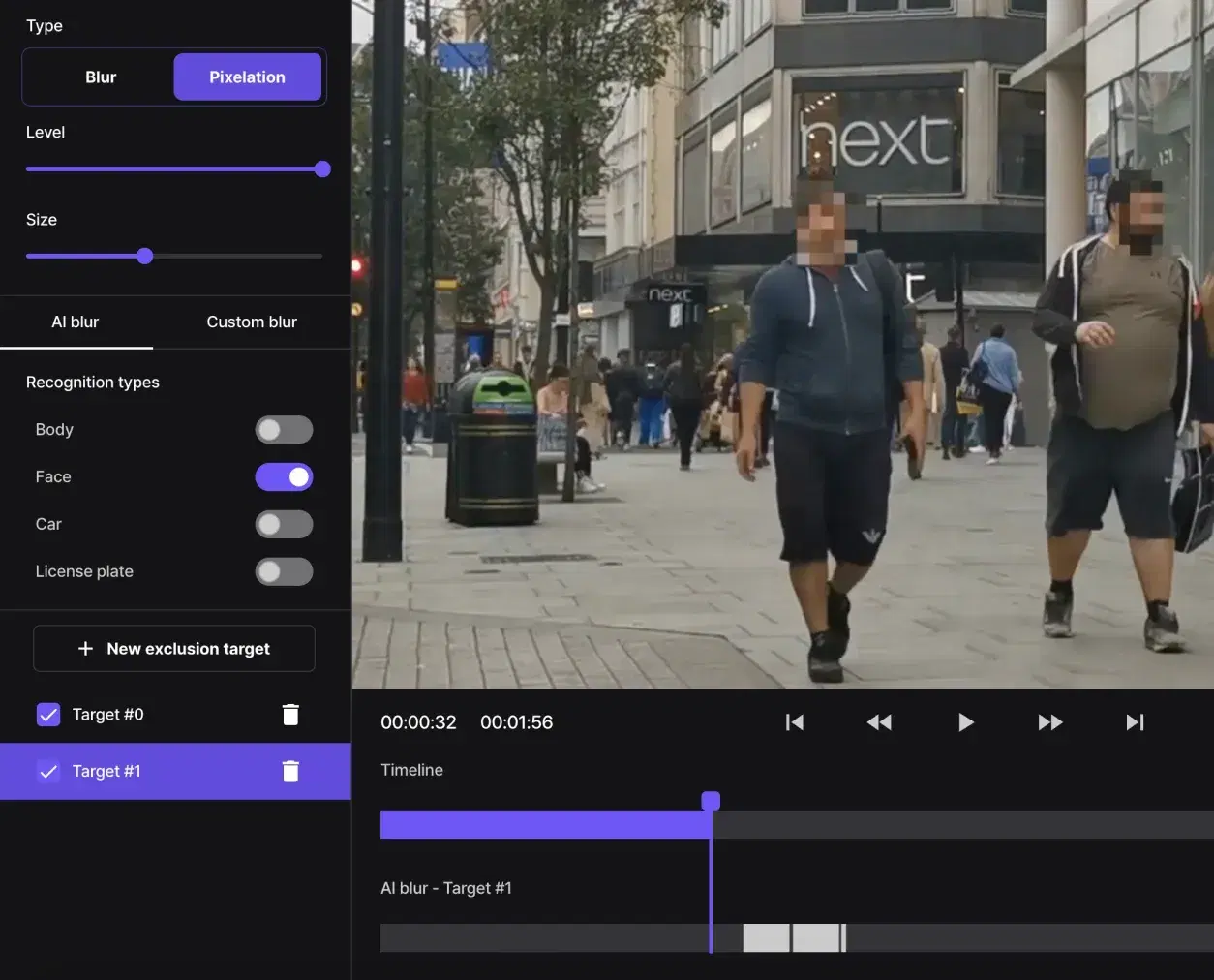When your screen freezes, a webpage won’t load, or a file isn’t appearing where it should, the refresh shortcut key is the quickest fix. Instead of clicking around or waiting, knowing how to refresh your system instantly can save you time, whether you’re using a Windows 11 laptop, a desktop PC, or working in a browser.
In this guide, we will cover everything you need to know about the computer refresh shortcut key, including the refresh shortcut key in Windows 11 and how to perform a hard refresh.
What is the Refresh Shortcut Key?
The refresh shortcut key depends on what you need to refresh: your browser, desktop, or an application. Here’s a full breakdown:
1. Browser Refresh Shortcut Key (Chrome, Edge, Firefox, etc.)
If you're browsing the web and a page isn’t updating properly, try these:
- F5 → Standard refresh.
- Ctrl + F5 → Hard refresh shortcut (forces the page to reload and clears cache).
- Cmd + R → Refresh shortcut key for Mac browsers.
A hard refresh is particularly useful when using online tools like an Instagram download highlights service or troubleshooting errors on YouTube Converters.
2. Refresh Shortcut Key for Windows 11 Desktop & File Explorer
If files or icons aren’t appearing as expected:
- F5 → The go-to PC refresh shortcut for the desktop and File Explorer.
- Fn + F5 → On some laptops, you need to press Fn along with F5.
This shortcut is useful after downloading files like blurred videos, AI video redacted media, or MP3 conversions that don’t show up immediately.
3. Computer Refresh Shortcut Key for Performance Issues
Refreshing your computer doesn’t restart it, but it can clear minor issues. If your system is lagging, try:
- Shift + Ctrl + Esc → Opens Task Manager to close frozen apps.
- Windows + R, then type “explorer” and press Enter → Restarts Windows Explorer.
This is helpful when multitasking between apps, or other editing tools that need frequent refreshes.
How to Refresh Your Laptop Without Restarting
A laptop refresh shortcut key won’t reboot your device, but it can fix display issues. However, if your system is completely frozen, a restart may be necessary. Here’s how:
- Ctrl + Alt + Delete → Select "Restart."
- Alt + F4 → Brings up the shutdown menu.
- Windows + X → Access shutdown and restart options.
While refreshing updates your screen or browser, restarting clears memory, which is crucial when handling large files.
Why Use the Refresh Shortcut Key?
Mastering laptop shortcut keys like the refresh shortcut key in Windows 11 or a computer restart shortcut key can boost productivity. Here’s why:
- Fixes unresponsive pages or apps → If a tool like an Instagram to MP3 converter freezes, a quick refresh can solve it.
- Clears cache instantly → Helps update pages, especially for sites handling big processing.
- Improves multitasking speed → Essential when switching between video blurring apps, editing tools, or browsing multiple sites.
Refreshing for Privacy: A BlurMe Use Case

When you're editing videos for privacy protection, such as blurring faces or license plates, using the refresh shortcut key can help ensure your changes are applied instantly. For example, after using BlurMe to blur faces in a video, a quick F5 refresh will update your project to reflect these edits in real-time. This is especially useful if you're working with sensitive content like footage for social media or news reports where privacy matters.
Final Thoughts: Refresh Shortcut Key is the Fastest Way to Refresh your Laptop!
Mastering the refresh shortcut key is a simple but powerful way to keep your computer running smoothly. Whether you're refreshing a webpage, updating your desktop, or troubleshooting minor glitches, knowing the right shortcuts can save time and frustration. And if refreshing doesn’t work, a quick restart might be the next best step. By integrating these shortcuts into your workflow, you can work more efficiently and keep your system responsive with minimal effort.
And if a refresh isn’t enough? A restart shortcut will get the job done!






